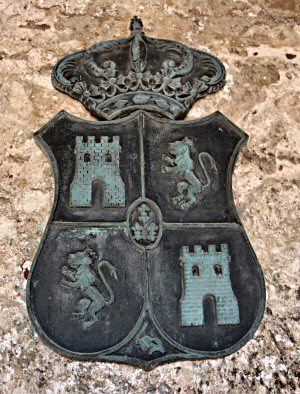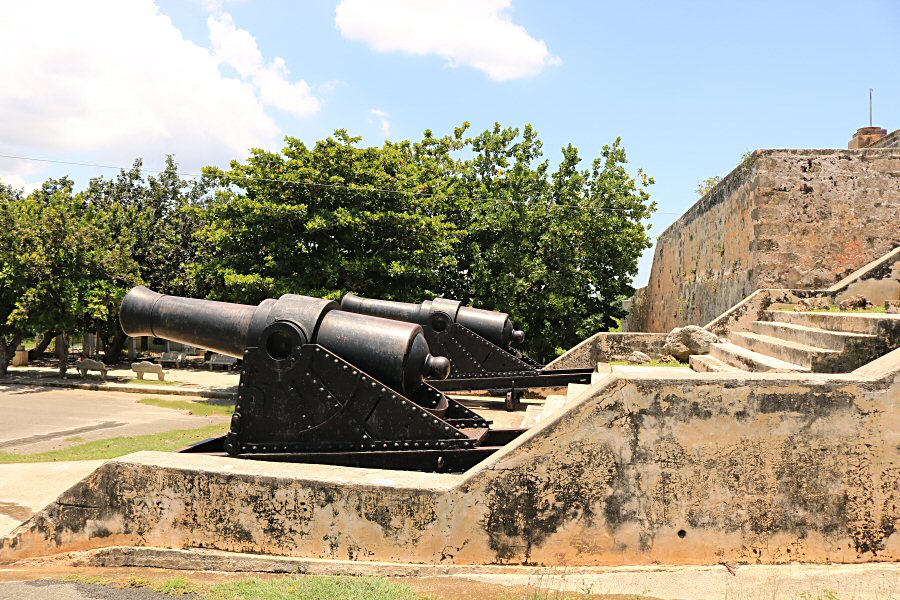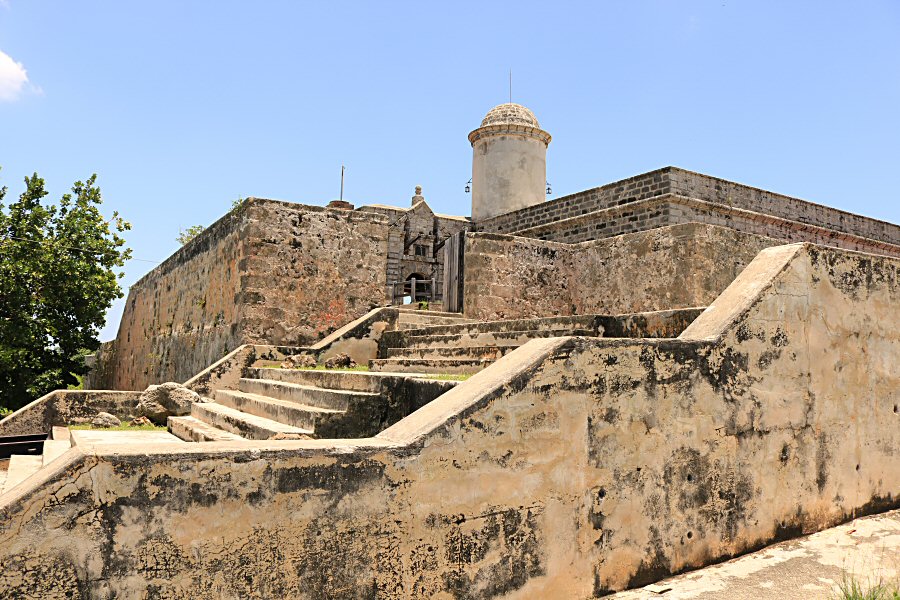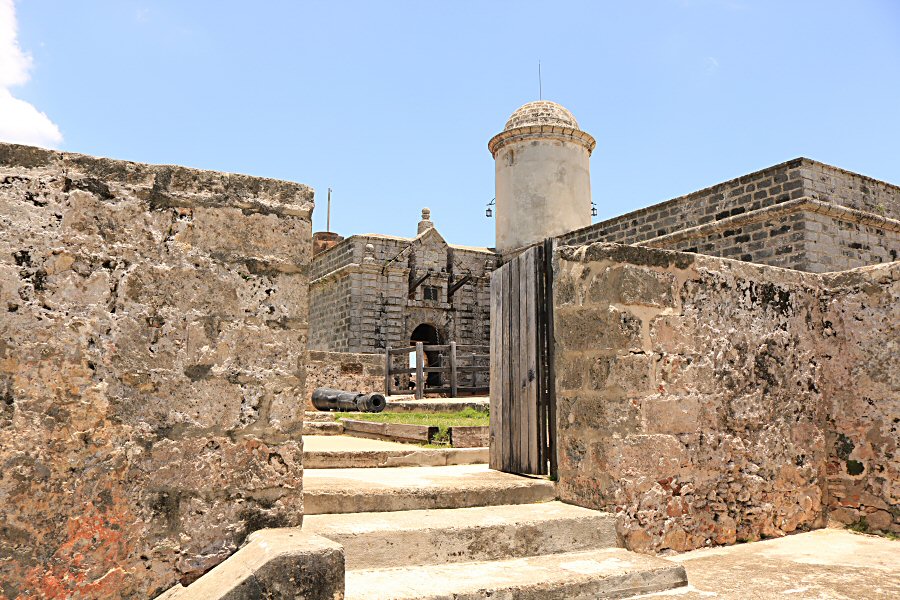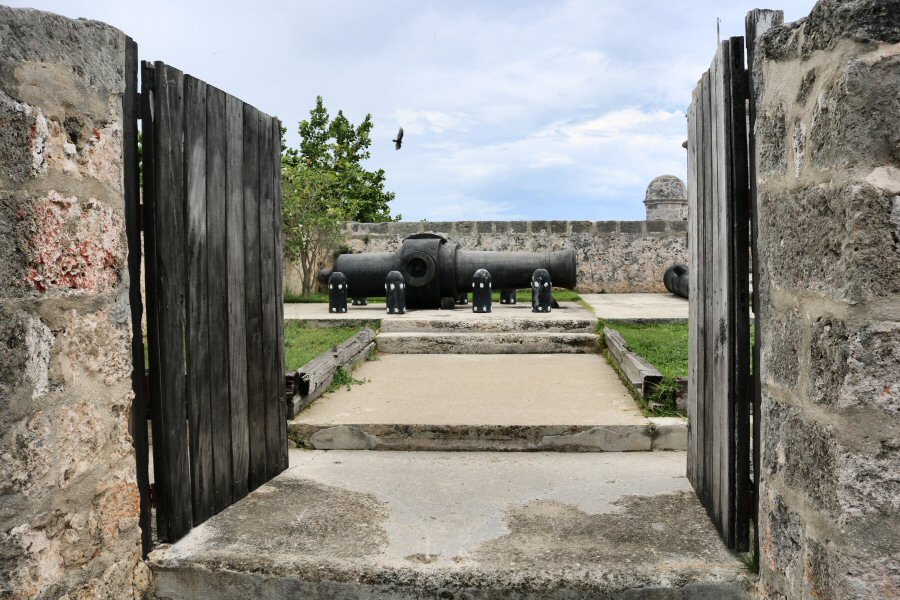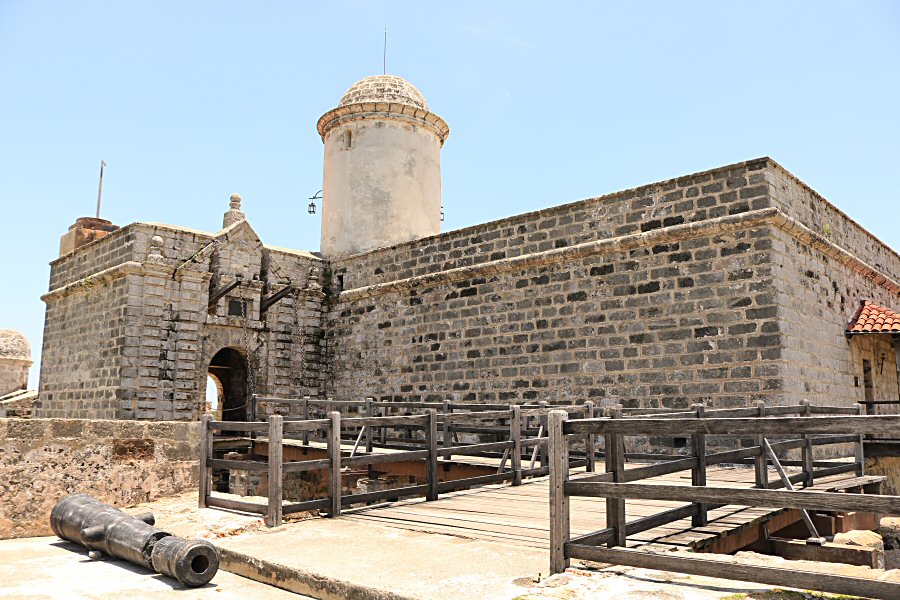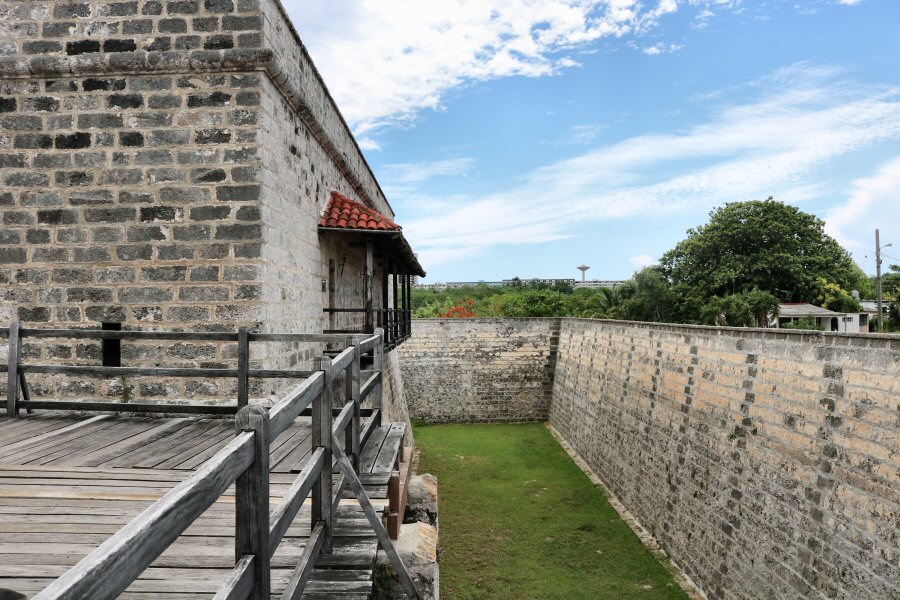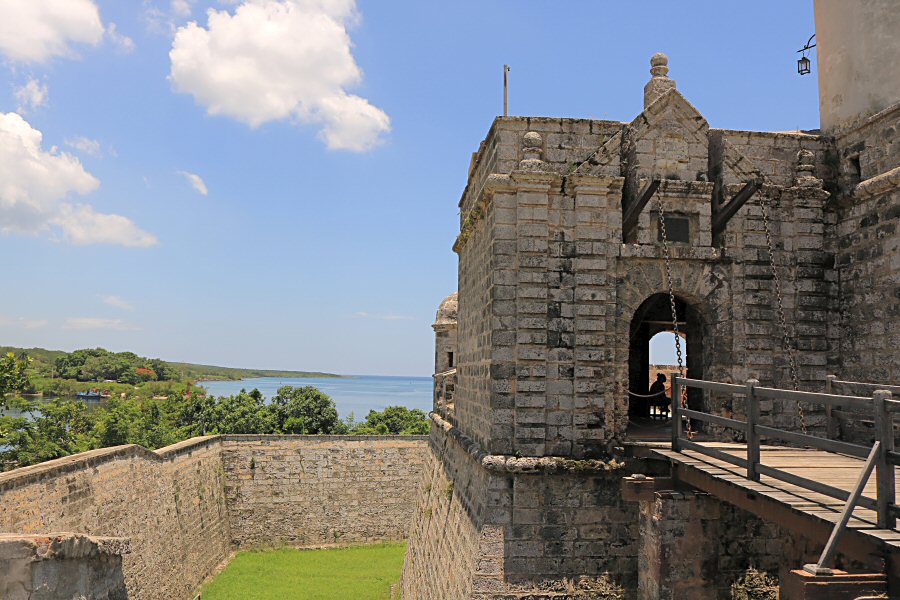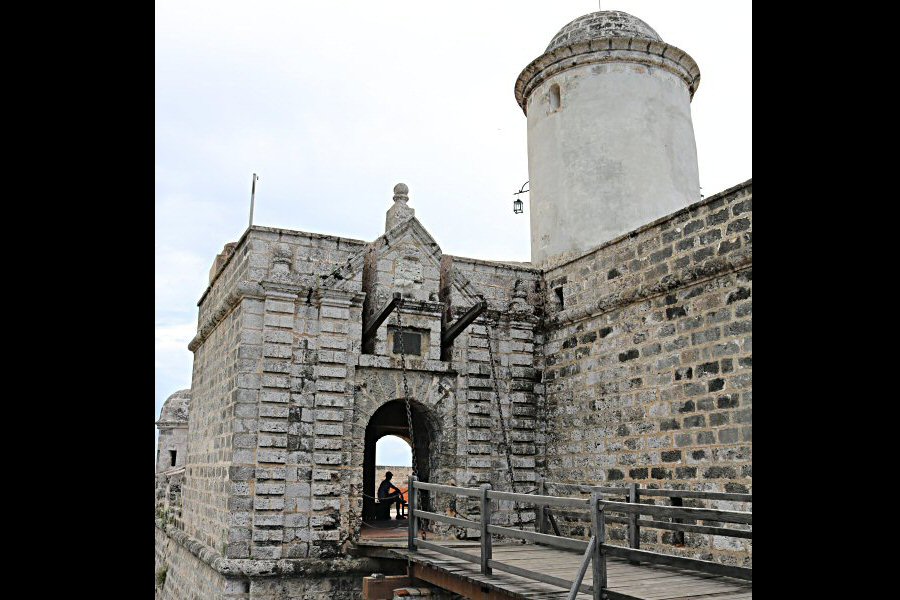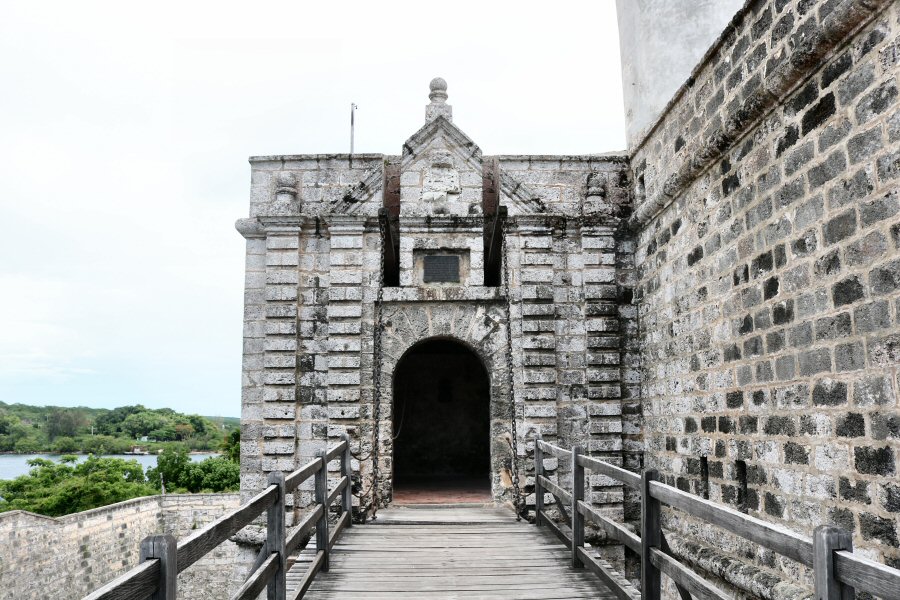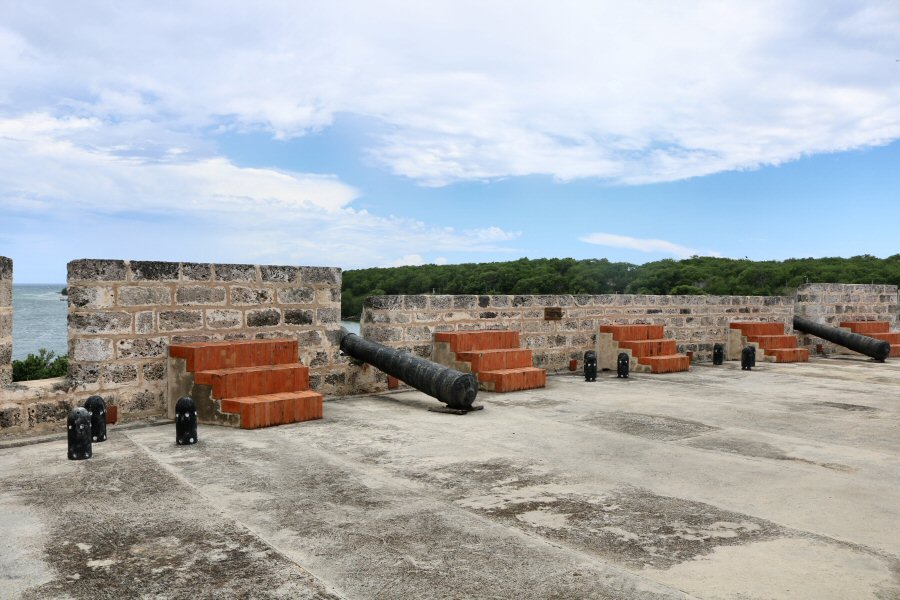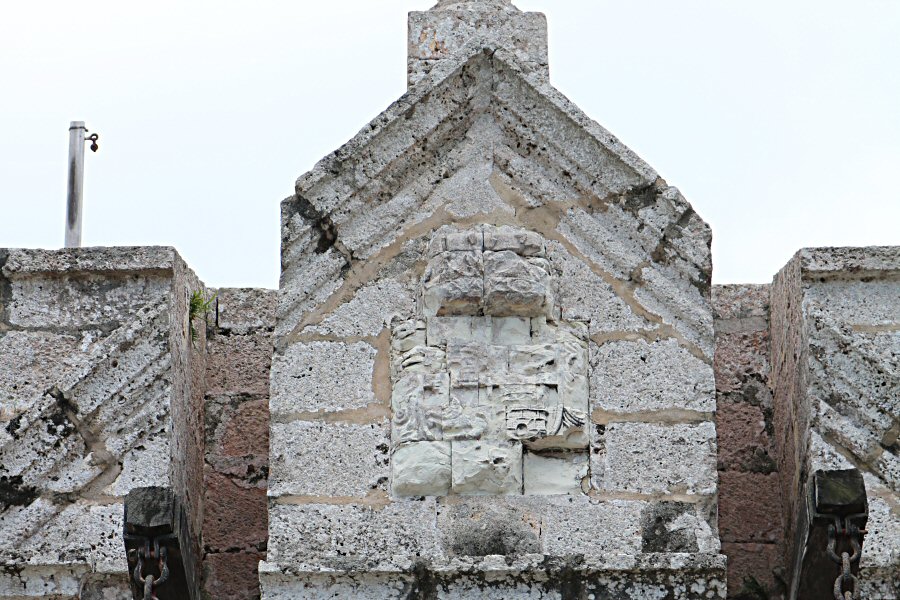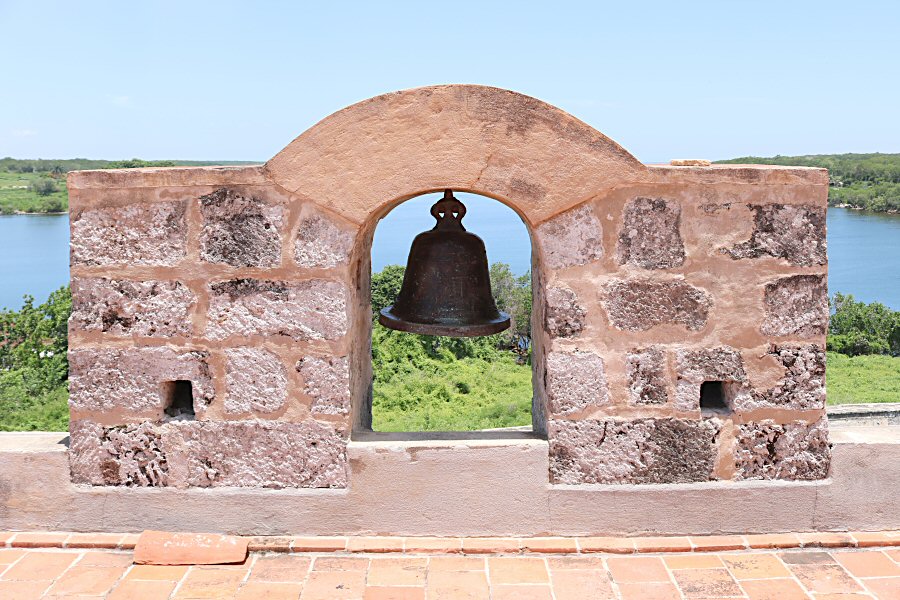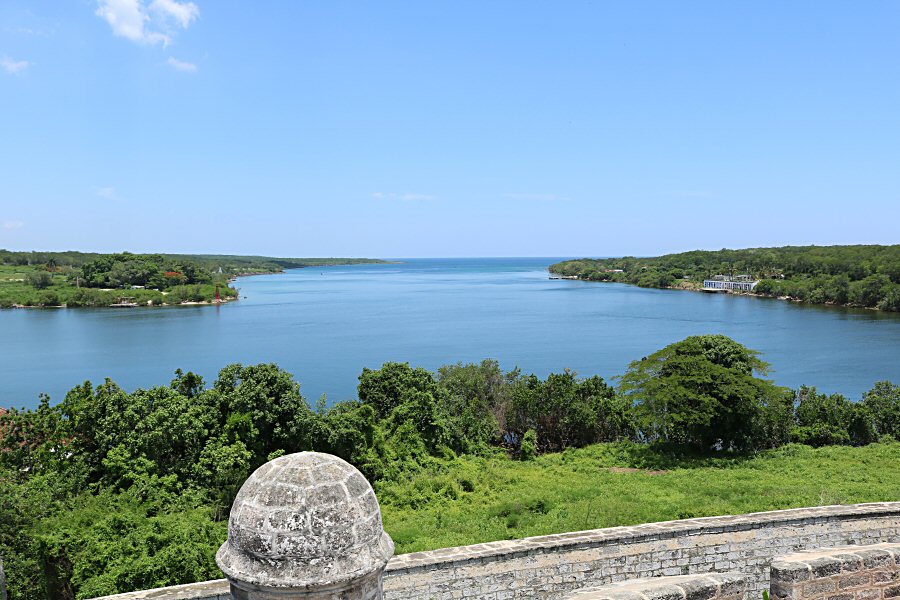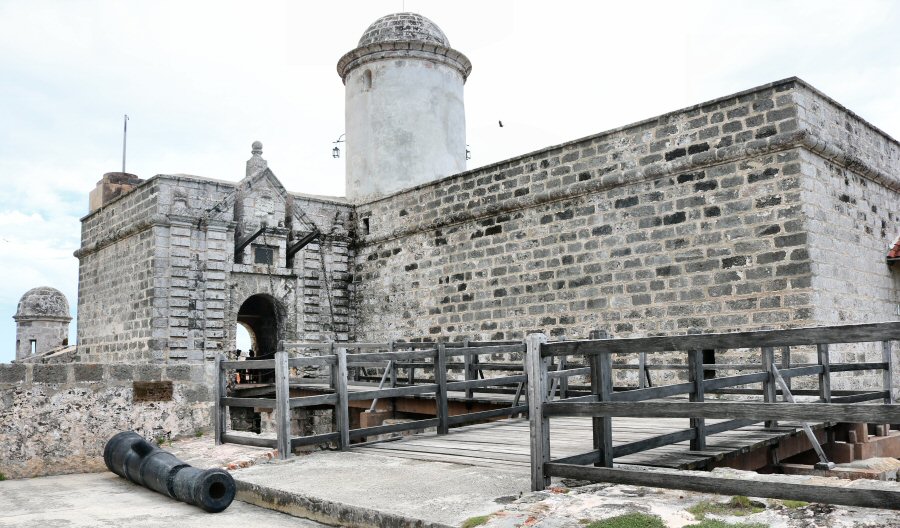

History
The establishment of
new colonies in Trinidad and later in Sancti Spiritus
further retarded the already backward Jagua region's
contribution to the island's socioeconomic development. The
fact that the gold mined by primitive methods was depleted
in the region in a short time also played a role in this
retardation. Land in the Jagua region began to be
distributed to influential people of the administration in
Havana and Trinidad, so that these Spanish people
confiscated the land of the natives who settled in this
region (around the bay) and started to grow tobacco and to
raise cattle on large ranches. The solitude of the area led
to the contraband trade. The landowners benefited the
propitiousness of the place for the stay of corsairs and
pirates with whom they traded their products. Jacques de
Sores (1554), Francis Drake (1586), Gilberto Girón, Henry
Morgan and Jean Lafitte are among the famous pirates and
corsairs that visited the Jagua Bay freely. French pirates
and corsairs took possession in Cayo Carenas (the only
inhabited islet in the middle of the Bay of
Cienfuegos) and Playa Alegre (on the east side of Punta
Gorda, within the city limits). Jagua Bay was a good outlet
for them to make trade with the inhabitants of the region by
escaping from the increasing pressure of the metropolis on
them.
Between the 16th century and the end of
the 18th century, there predominated two major economic
activities in the region: growing tobacco and raising
cattle. As Trinidad and its surroundings became insufficient
to meet the tobacco needs, lands around Cienfuegos and
around important rivers such as Arimao, Caonao, Mataguá and
Damují were devoted to tobacco cultivation. The increase in
wealth resources in the region has led the Spanish
government that was aware of the great economic and
strategic importance of the region, to
try to put this place in order and to take it under full
control. The pirates and the corsairs were plundering the
wealth of the Spanish Empire and disrupting its trade
routes. Even the Creole landowners started to speak about
the fortification of the unprotected bay, as their economic
interests were harmed by the illegal trade with the pirates
and corsair. Subsequently, from the end of the 17th
century and throughout the 18th century, some
projects were prepared and presented to protect the region. For example, the
Spanish Chief Engineer and Infantry Colonel Bruno
Caballero y Elvira prepared a project about the
fortress in 1724 and studied on it in 1727. The Royal Trade
Company of Havana soon announced that they would provide the
necessary financial support for the construction of the
castle.
When the Spanish
King Philip V (1683-1746) ordered to build such a fortress
at the entrance of the Jagua bay by a royal decree in 1735,
the viceroy of Mexico was asigned the mission of fortifying
the bay. The French military engineer Joseph Tantete
Dubruller received the order to start with the construction
of the fortress immediately. In 1733 the first stone was
laid on the foundations that have been built by Bruno
Caballero y Elvira in 1729. At the beginning the
construction progressed very slowly, but it accelerated
after Joseph Tantete Dubruller put his full strength to work
in 1742. Thus, the fortress could be completed after 12
years of construction period, in 1745.
With the completion of the fortress that was called as Fortaleza de Nuestra Señora de los Ángeles de Jagua (Fortress of Our Lady of the Angels of Jagua), not only the Jagua bay, but probably also the entire south coast became more secure against the pirates and the corsairs that prowled the Caribbean coast in those days, creating an almost impenetrable defense line together with the Castillo de San Pedro de la Roca in Santiago de Cuba (briefly Castillo del Morro). The name Jagua comes from the indigenous people who once inhabited the area, the Jagua people, who called the bay “Xagua.”
The fortress was designed to defend the bay and to deter piracy. It was the third most important fortress built on Cuba, after the the Morro Castles in Havana and in Santiago de Cuba.
In 1762, it was the seat of the Spanish military
command, during the brief English occupation of the Island.
Sometimes it served as a prison where people fighting
against the Metropolis were held captive.
The fortress was equipped with 10 large
caliber cannons: four 18-pounders on the upper level and
four 24-pounders and two 8-pounders on the lower level. The
18-pound cannon is a cannon that fires 18-pound projectiles
from its barrel, as well as grapeshot, chain shot, shrapnel,
and later shells and canister shot.
In 1898, during the Hispano-Cuban
North American War and on the eve of US intervention, three
batteries of cannon and howitzer, adapted to the terrain's
topography, were built to strengthen the harbor's defense
system: the Loma de Jagua or Vigía, that of the Villanueva
lighthouse and that of Carbonell, of which only the latter
remained in its place as a historical record.
It was declared as
National Monument in 1978.
In the 1990s the
fortress was restored, and a small museum and a restaurant
were operating inside it. At present only the military
museum (since 1998) remains, and the castle looks as if it
needs another restoration.
